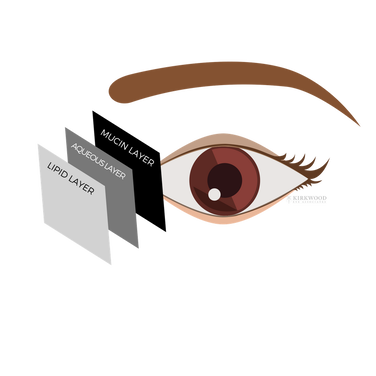Understanding Dry Eye Disease & Eyelid Disease
These are often one in the same. On the surface of your eye there exists a complex tear film made up of components secreted by glands on the eye, next to the eye and in the eyelids. A disruption to any one of these systems can lead to symptoms such as variable vision, burning, itching, tearing, decreased contact lens wearing time, and even eye pain. Dryness can also be linked to underlying systemic conditions like sjogren’s syndrome, rheumatoid arthritis, diabetes, graft-versus-host disease and much more. Treatment ranges from topical anti-inflammatories to punctal plugs, eyelid hygiene, oral antibiotics and even amniotic membrane grafts. Your Dry Eye treatment needs to be specific to the type of dry eye you have.












